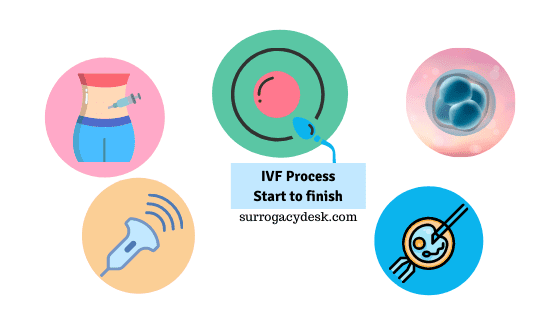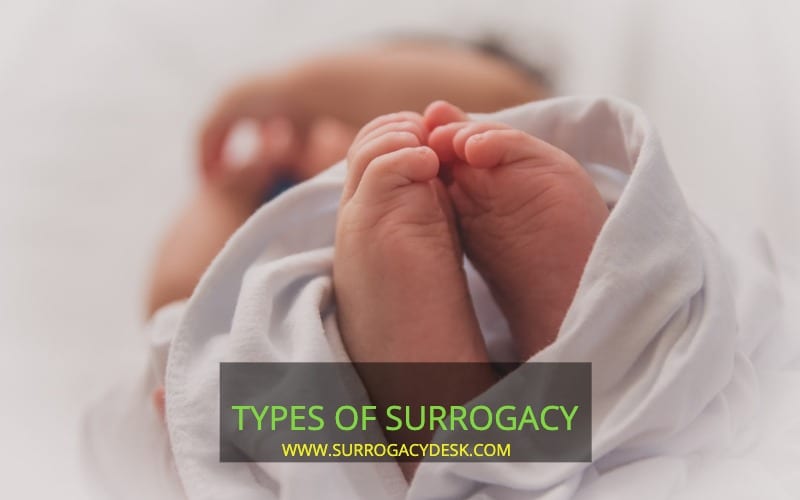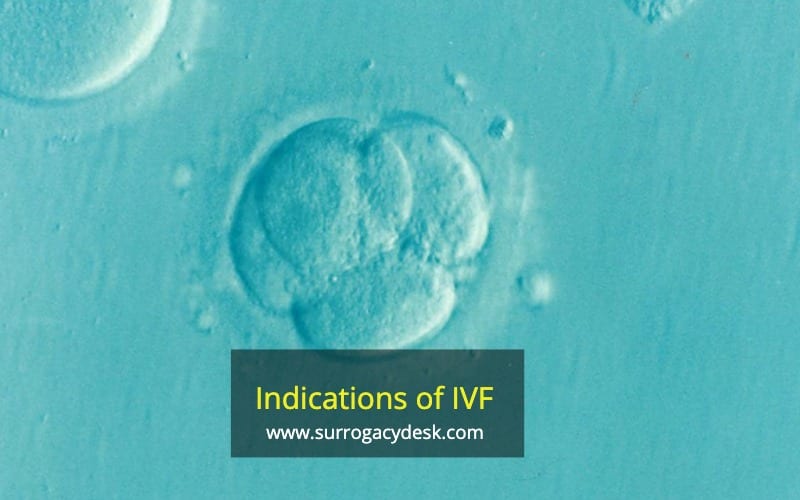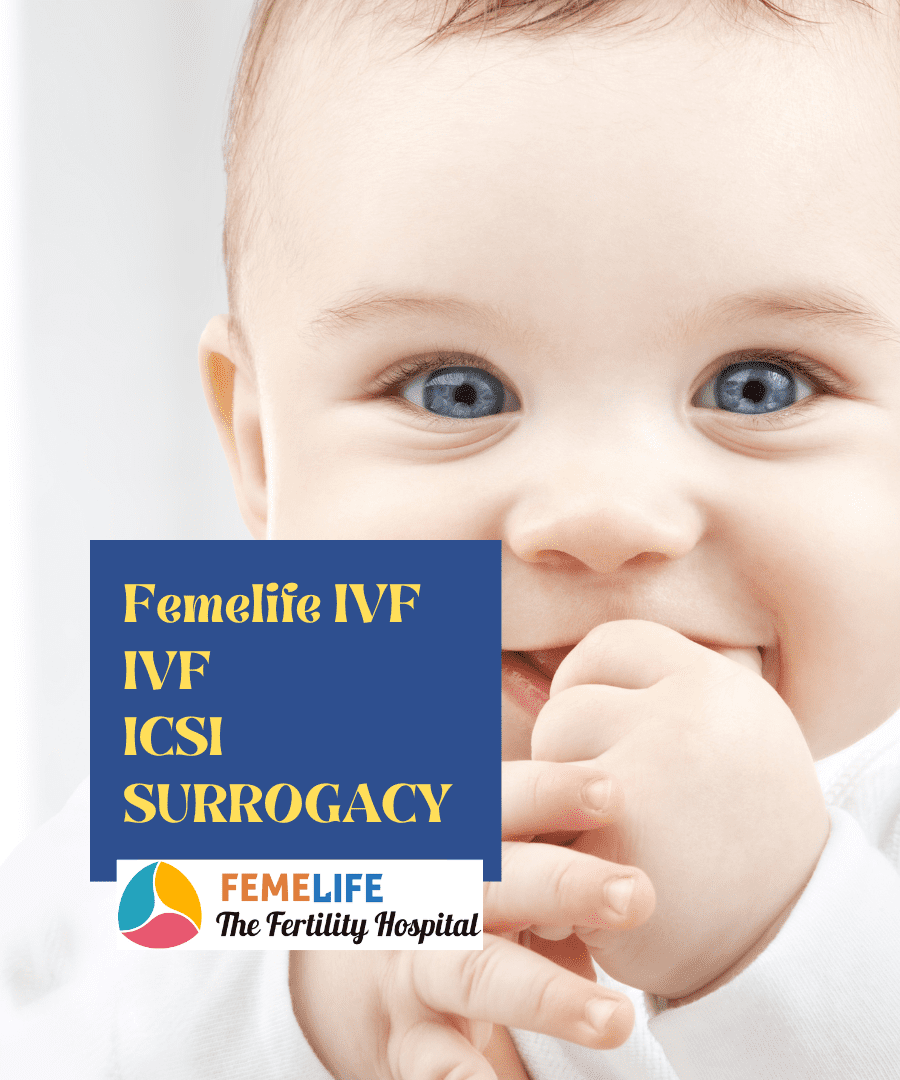Louise Brown created history in 1978 was the world’s initial ‘test-tube baby’. Today, IVF is a common term as we have created tremendous progress in this field. It is a highly advanced specialty involving progress in science since 2010. Femelife fertility hospital offers best IVF treatment in Chennai. We are doing it at an affordable price for IVF and surrogacy treatment. IVF process at Femelife is explained to patients in details before the treatment.
IVF is that the method of fertilization by manually combining Associate in Nursing egg and sperm cell in a very laboratory dish, so that transferring the embryo to the womb of womens uterus.
It’s may suggested for couples with infertility problems such as:
- Blocked or broken fallopian tubes
- Male issue infertility which has attenuated sperm cell count or sperm cell motility
- Organic process disorders like premature female internal reproductive or organ failure
- Adenomyosis
- Female internal reproductive organ fibroids
- A history of genetic disorders
- Unexplained sterility
What are the steps of IVF Process?
IVF process involves several steps. One cycle of IVF takes around 4 – 6 weeks to finish , and may take about fortnight to try because it involves inducing ovulation, retrieving the egg and sperm, fertilization, then transferring the embryo into your womb.
Step:1 – Preparation
Once you’ve decided to proceed with IVF, we prepare you for the method by first evaluating you to make sure that you simply are healthy and free from any infection. We also study your cavity via an ultrasound.
Step:2 – Ovulation induction
If you’re using your own eggs, your IVF treatment will begin with medications to stimulate your ovaries to supply multiple eggs instead of the only egg that develops monthly . This is often because every embryo ultimately leads to a baby, then a surplus of oocytes increases your overall chance of success.
During this step, we also visualize your ovarian follicles through an ultrasound and do a blood test for hormonal assay to check on your hormone levels.
Step:3 – Egg retrieval
Egg retrieval may be a minimally invasive outpatient surgery that’s done 34 to 36 hours after your final dose of stimulation medication and before the ovulation. With an ultrasound to guide, a skinny and thin needle is inserted to aspirate fluid from the mature ovarian follicles. This egg collected tube fluid is passed to the embryologist who examines it for the presence of an egg.
The eggs are taken out of the follicles and the mature eggs are placed during a nutritive liquid and incubated.
Step:4 – Sperm Retrieval
If you’re using your partner’s sperm, he also will provide semen on an equivalent day that your eggs are retrieved. Sperm also can be extracted through testicular aspiration. The sperm are separated from the semen within the lab.
Step:5 – Fertilization and Early Development
Fertilization is completed on an equivalent day as retrieval of the egg and sperm, and is accomplished in one among two ways:
- Conventional insemination is where the healthy sperm and mature eggs are mixed and incubated overnight in the incubator.
- Intracytoplasmic sperm injection (ICSI), where one healthy sperm is injected directly into each mature egg.
On the morning after the retrieval, your eggs are going to be evaluated for fertilization. These single cells are now mentioned as zygotes. By the second day after retrieval the egg is now called a pre-embryo and consists of two to 4 cells.
Step:6 – Secretory phase Support
For the secretory phase support to organize your uterus for embryo implantation, you’ll be started on progesterone medication on the day of or after egg retrieval. you’ll be asked to continue the course on a day to day until the pregnancy is well into the primary trimester.
Step:7 – Embryo Transfer
The embryo transfer method is analogous to the method for a smear. The doctor can insert a speculum into the woman’s canal to stay the canal walls open.
Using ultrasound for accuracy, the doctor can then pass a tubing through the cervix and into the uterus. From there, the embryos are seasoned the tube and into the uterus.
The process is typically pain free and barely no need of any sedatives. Some women could feel discomfort as a results of having the speculum inserted or from having a full bladder, that is needed for ultrasound. The method is brief, and therefore the bladder will be empty at once when.
After the embryo transfer
A follow-up appointment two weeks later to see if the embryo has deep-rooted can show if the transfer was triple-crown.
After the procedure, patients could expertise some cramping, bloating, and may be some discharge
Early Pregnancy Surveillance
The test for pregnancy is on 14 – 15 days after the embryo transfer. HCG levels are monitored frequently during the primary fortnight of pregnancy, after which we still monitor your baby’s development using ultrasound. By the 6th week of pregnancy, you’ll see your baby’s heartbeat.


Read more







